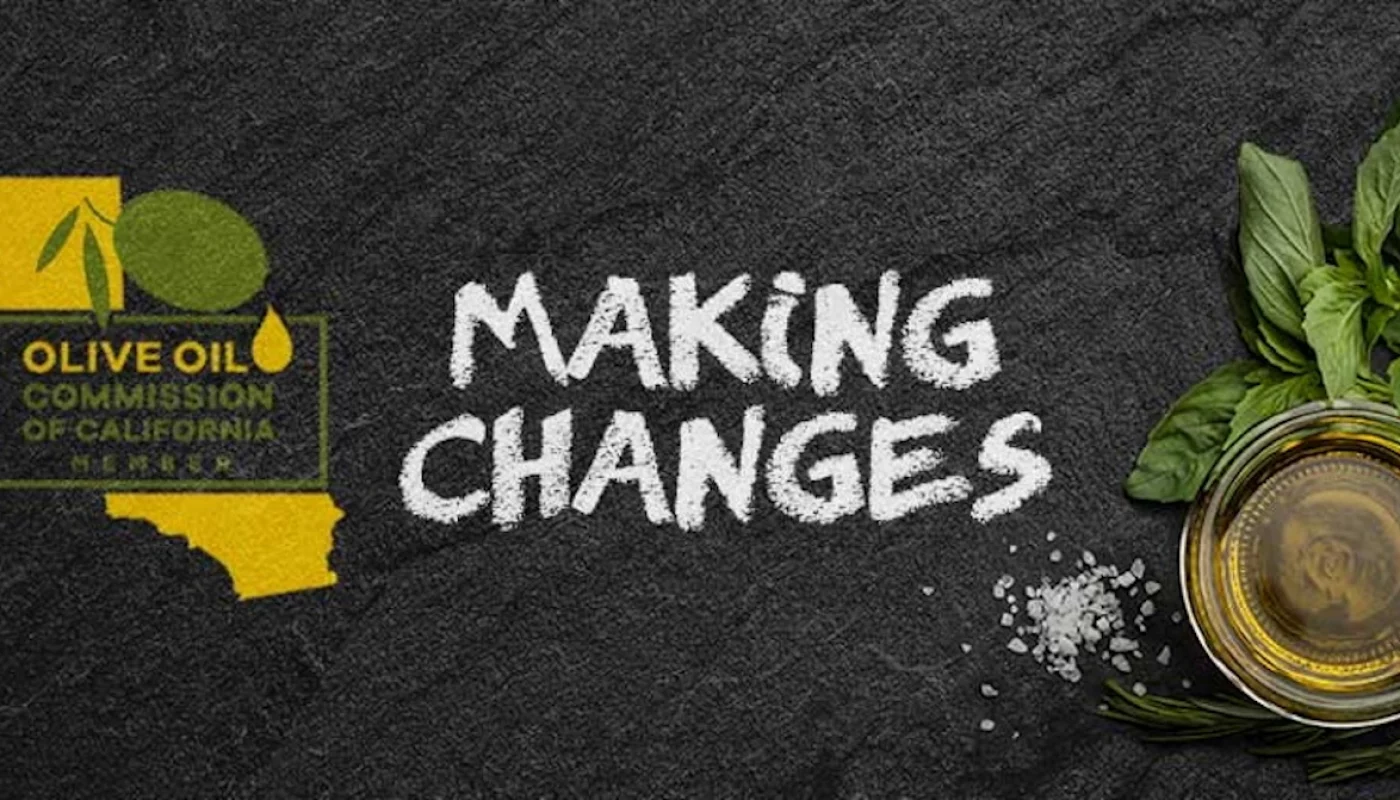California standards for olive oils

Indice
Standards for olive oils
On the recommendation of the California Olive Oil Commission (OOCC), the California Department of Food and Agriculture has published California standards for olive oils and regulations for their classification and labeling for the harvest season commercialization 2022/23, which will be in force from September 26, 2022 until June 30, 2023.
Specifically, the rules for the classification and labeling of olive oils are included; the sampling, analysis and classification methodology for olive oils; the guidance document for the sampling of deposits, as well as suggestions on how to justify the required expiration date of an olive oil with the appropriate technical evidence.
According to the document from the California Department of Food and Agriculture, the standards are identical to those that were in force the previous season, so there will be no changes in the quality and purity parameters. These standards define the types of olive oils, specify the purity and quality parameters for each of them, detail the sampling, testing and classification requirements for all batches, establish requirements for labeling and packaging and list the methods of acceptable analysis.
The standards are mandatory for all producers of 5,000 gallons or more during the campaign who sell their oils in commercial channels of commerce; while those that produce less than that figure are not necessarily subject to these regulations, although they may choose to participate in them voluntarily.
Key Components of the Regulatory Framework
The published document meticulously outlines the framework designed to maintain the esteemed reputation of Californian olive oil. Specifically, it includes:
- Rules for the classification and labeling of olive oils: These define the various grades of olive oil (e.g., extra virgin, virgin, refined) and dictate how they must be accurately represented on product labels. This ensures transparency for consumers and prevents mislabeling.
- Sampling, analysis, and classification methodology for olive oils: This section provides detailed procedures for collecting samples, conducting laboratory analyses, and subsequently classifying olive oils based on their chemical and sensory attributes. It outlines the scientific rigor applied to verify quality.
- Guidance document for the sampling of deposits: This offers specific instructions on how to properly sample larger batches or storage tanks of olive oil, ensuring representative samples are taken for accurate testing.
- Suggestions on how to justify the required expiration date of an olive oil with appropriate technical evidence: This empowers producers to determine and substantiate the shelf life of their products based on scientific data, rather than arbitrary dates, further ensuring quality and consumer safety.
According to the CDFA document, these standards are identical to those that were in force during the previous season. This continuity means there are no changes in the established quality and purity parameters, providing stability and clarity for producers who have already adapted to these rigorous requirements. The unchanging nature of these benchmarks reflects a confident stance on the effectiveness of the current system.
Defining Quality: Parameters and Requirements
At its core, the regulatory framework serves to define and enforce specific criteria for olive oil quality. These standards:
- Define the types of olive oils: Clearly distinguishing between grades like extra virgin, virgin, and other categories based on acidity levels, processing methods, and sensory characteristics.
- Specify the purity and quality parameters for each type: This involves setting limits for various chemical markers (e.g., free acidity, peroxide value, UV absorption) and sensory attributes (e.g., absence of defects, fruitiness). These parameters act as a gatekeeper for quality.
- Detail the sampling, testing, and classification requirements for all batches: Ensuring that every batch of olive oil intended for commercial sale undergoes rigorous scrutiny before it reaches the market. This comprehensive testing regime is a cornerstone of the OOCC’s mission to guarantee quality.
- Establish requirements for labeling and packaging: Dictating what information must appear on labels, how it should be presented, and ensuring that packaging protects the integrity of the olive oil. This includes provisions for clear and accurate origin statements.
- List the methods of acceptable analysis: Specifying the approved laboratory tests and analytical techniques that must be used to assess olive oil quality and purity, ensuring consistency and reliability across the industry.
Important Note: oliveoilextra.com promotes the consumption of extra virgin olive oil for its culinary qualities and health benefits. However, it should not replace any current medication or treatment without the guidance of a healthcare professional.
